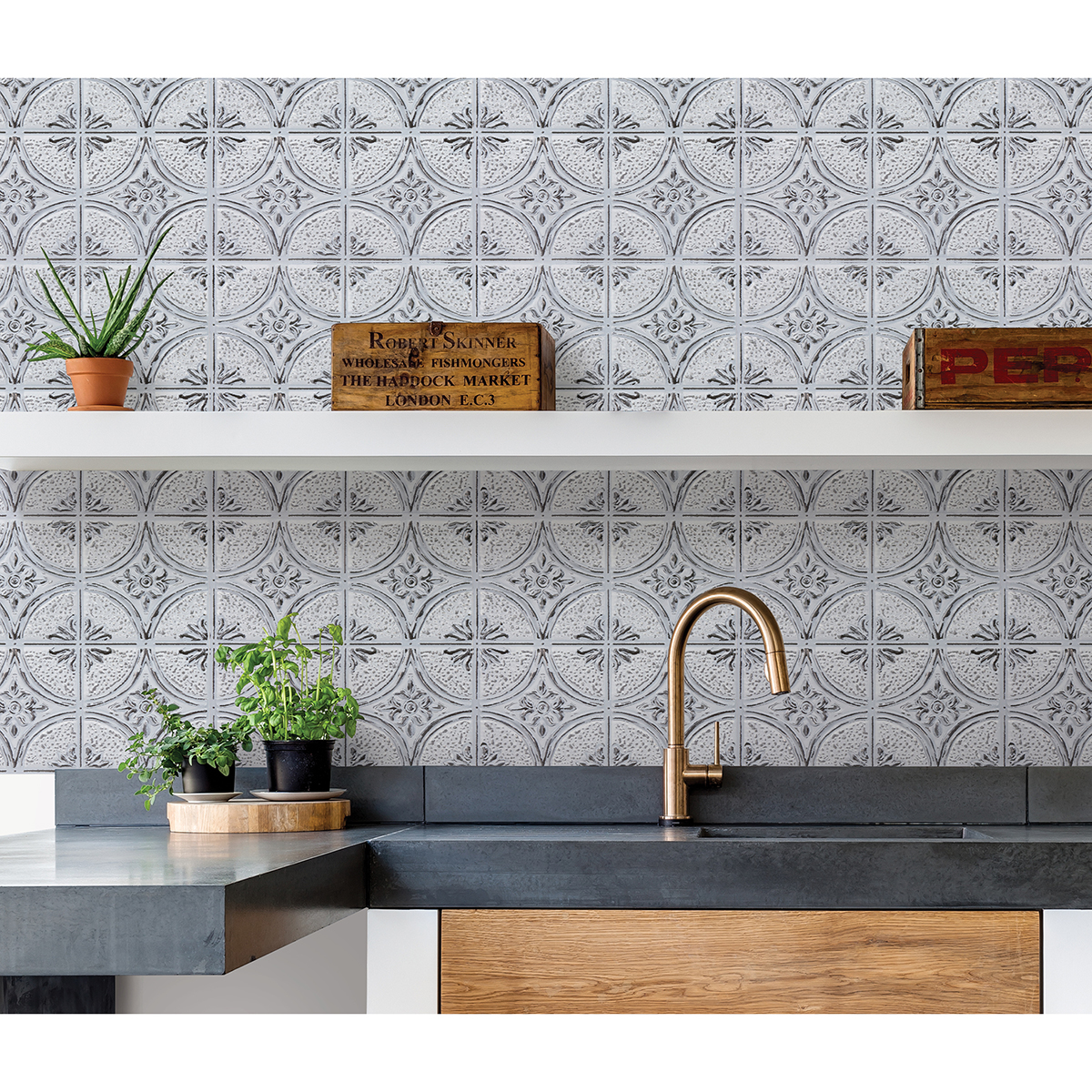
If you get tired of them in one location, simply unstick and re-stick in a few seconds. Our photo tiles are designed with magic peel-and-stick backings that make them easily stick on to any wall, anywhere. And that means no unwanted holes, either. All photo prints come framed & ready to hang, It’s really that simple. Within a week, you’ll have photo tiles that are ready to stick on to any wall.
Peel and stick photo tiles free#
Simply upload your favorite photos to the app, select your frame style, and check out! All orders get free shipping, and we have an 100% customer satisfaction guarantee. With the Mixtiles app, you’re just a few clicks away from stunning, stickable photo tiles delivered to your doorstep. **Photo prints & picture frames all at once** Before you resort to special cleaners here, you can remove the glue with a razor blade fine and fast.Put the hammer and nails away-Mixtiles is here, the most convenient way to turn your favorite photos into stunning wall art with stickable photo tiles. The ultimate tip for all dirty tiles in your bathroom or kitchen is a razor blade. By the way, this also works quite well for wallpaper. The adhesive residues heat up and can be removed without much scratching. You can also warm the glue with a hair dryer. The adhesive residues will come off and can be easily removed. Glas and porcelain can be soaked in it very well.

The disadvantage of these methods is that neither hooks nor mounting tape hold on to sensitive surfaces such as wallpaper or plaster.Ī tip for removing such adhesive residues is warm water in combination with washing-up liquid. Most mounting tapes are even suitable for outdoor use and in damp rooms. Mounting tapes are self-adhesive tapes designed for mounting directly on the wall. You can also use mounting tapes to permanently attach things to the wall. With glue nails you can fix picture frames but also many other objects on different surfaces like metal or glass. Adhesive nails are a real alternative to dowels and screws. What remains are unsightly adhesive residues that contaminate your tiles.Īnother method of attaching your pictures to tiles are so-called adhesive nails. However, there is often the problem that you cannot remove the glue completely without leaving a residue. for paints, wood, metal, glass and tiles. The adhesive strips are also suitable for various surfaces, e.g. Thanks to the innovative adhesive strips, the worst gluestrips can be applied and removed without damaging the wall. It is also easir and more precise to work with a drilling machine, as it has a better grip in the previously drilled hole.ĭepending on the product and accessories, the adhesive strips permanently hold images of up to two kilos per strip. When using larger drills later on, the hole in the tile can be enlarged step by step without risking spalling of the tile. Our tip: If you want to avoid damage to smooth surfaces, you can first drill a hole in the tile with a small drill bit. Once the hole has been drilled and the substrate has not been damaged, you can sink a dowel into the hole and screw a screw into the dowel. During the actual drilling process, you should make sure that you place the drill at a right angle to your wall and drill through the tile with very low pressure and at low speed. This drill avoids excessive heating of the tile and reduces the risk of damage to the substrate. Even better are water-cooled diamond drills, which are cooled by a small water tank. A tile and glass drill is best suited for smooth surfaces. In this way, you can prevnt your tiles from spalling when drilling later.įor the choice of the right drill we recommend you to pay attention to the underground. After that, it is best to stick transparent adhesive tape in the shape of a cross over the torn area. Afterwards you can mark this area with a small nail or screw.

You can mark the position of the borehole with a small felt-tip pen on the tile. Before you start drilling, you should already have checked that there are no water or power lines in the wall behind the planned drill hole. Therefore, you should only cover tiles with plugs and screws or with a nail if it cannot be avoided.

In many rented apartments, the drilling of tiles is not permitted or may only be carried out in agreement with the landlord.


 0 kommentar(er)
0 kommentar(er)
